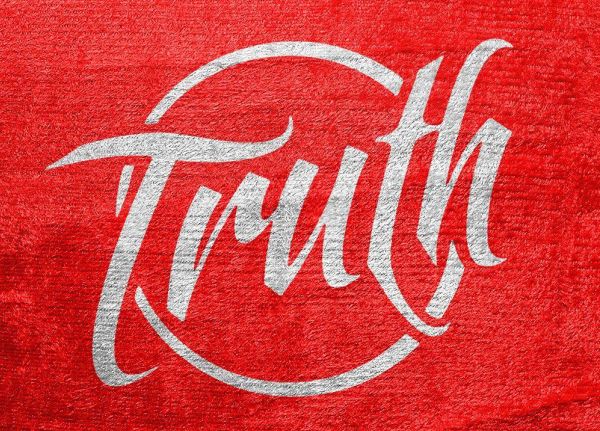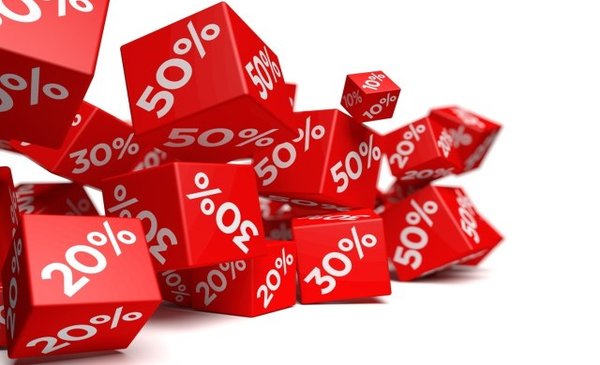Something interesting is happening in brand management. Increasingly, we read about brand-businesses that are focusing on Brand Equity. It has been decades since the topic of Brand Equity was mentioned in press releases and earnings calls. Brand Equity is more than a phrase; it is an investment in enduring profitable growth of the brand-business.
That is not to say that many research firms have been making money on measuring Brand Equity for decades. However, as a brand-business driving goal, Brand Equity has been supplanted by the goals of financial engineers and private equity firms. With the quick profits from financial engineering, Wall Street has not been focused on Brand Equity since 1988 when a flurry of brand-business mega-deals were all the rage. Kohlberg Kravis Roberts paid $25 billion for RJR Nabisco (more than double its book value); Philip Morris bought Kraft for $12.9 billion (four times book value) and Nestlé spent $4.5 billion for Rowntree (five times book value), according to The Economist.
In 1988, Brand Equity was the driver for these acquisitions. Brand Equity is simply the customer’s perception of the financial worth of the brand identity. Brand Equity is the difference in the financial value of a branded good or service compared to an equivalent good or service without the brand identity.
A brand’s Brand Equity could be segued to a corporate balance sheet as Goodwill. In accounting, Goodwill is an asset defined as the excess of the price paid for a brand over its fair market value. A strong brand has increased Goodwill. And, that is what occurred.
And so, the brand-business world was all good. All good, until 1993. 1993 was the year that brand-business owners began to fear for their brand-businesses and their Brand Equity.
1993 was the year of Marlboro Friday. Marlboro Friday, April 2, 1993, was the day that Phillip Morris, the tobacco company, announced a drastic cut in the price of Marlboro cigarettes to fight off the generic brands that were eating into its market share. As a result, the company’s stock tanked, wiping out $13.4 billion off Philip Morris’s stock market value in a single day. Investors also dumped shares in other consumer-goods firms. RJR, P&G, Coca-Cola, PepsiCo, Quaker Oats and Gillette were all affected as Wall Street became convinced that the extraordinary profit growth once delivered by brand-businesses was a thing of the past. All that Goodwill was wiped away from those balance sheets.
Marlboro, a cigarette brand reflecting American West individualism, freedom and pride, supported by advertising featuring the Marlboro cowboy, took such a financial hit that Wall Street said “… the Marlboro man fell off his horse.” It may be difficult to believe now, putting the negative health effects of smoking aside, but Marlboro was not only a great brand-business, its image with its associated values was extremely appealing.
At the time, Marlboro epitomized the crisis brand-businesses were undergoing due to high prices, an economic downturn and retail own-brands. Shoppers became more skeptical. And, increasingly, shoppers saw little differentiation between name brands and retail generics.
Brand-businesses did bounce back. It took only two years for Marlboro to completely recoup its Marlboro Friday losses. Observers indicated this recovery was to the strength of Philip Morris’ brands and its customers’ brand loyalty. Additionally, the cost of manufacturing a cigarette is miniscule relative to the cost of the purchase. Philip Morris was able to survive. Packaged goods brand-businesses started to focus on building the brand rather than deals.
Prior to the COVID-19 crisis, brand-businesses were battered by financial engineers who favored short-term profits to satisfy investors and Wall Street. Financial engineering, the catchall phrase for extreme cost cutting including job losses, debt accumulation, share buy-backs, increased dividends, forced spinoffs, and money siphoned into the pockets of investors rather than invested into businesses, can damage brands. Kraft Heinz with its stable of cherished icons (Heinz ketchup, Kraft macaroni and cheese, Oscar Meyer hot dogs); British Airways; Toys R’ Us, Sears and others have focused on one priority: build shareholder value at the expense of customer value.
Financial engineers see strong Brand Equity as an opportunity to extract value rather than extend brand strength. This is a form of brand extortion. Proponents of financial engineering take brand loyalty for granted. Investments in continuous improvement and innovation are decreased as dividends and share buybacks are increased. Monies are siphoned from R&D, customer insight research, service and increased. Monies are siphoned from R&D, customer insight research, service and support and marketing resources.
Remarkably, there is a noticeable positive trend underway. The trend is brand-business owners realizing the financial benefits of building Brand Equity rather than focusing on short-term detrimental actions of financial engineers, A recent search on Nexis for just one week of reporting turned up 645 mentions of Brand Equity.
One example is Olive Garden. A recent review of Olive Garden’s success mentions the brand-business’ focus on reducing price promotions while investing in brand equity. Olive Garden owner, Darden Restaurants’ CEO and president said, “Whatever we do is going to elevate brand equity. We’re not going to do things that are going to impact us in the long-term just for the short-term. We are focused on providing great value to our guests, but doing so in a way that drives profitable sales growth.”
Another example is Constellation Brands’ Modelo beer. Observers recognize that Modelo has been extremely “patient” with brand building efforts over many years giving Modelo a differentiated brand equity.
In Wayfair’s recent earnings call, its CEO made it clear that Wayfair’s long-term focus on building brand loyalty has been paying off. Brand loyal customers are extremely valuable.
Smucker just bought Hostess for billions of dollars after its private equity owners spent years reviving the Hostess Brand Equity.
Wall Street seems to want streaming services to focus on customer loyalty rather than behaving like scavengers for new customers. Constantly chasing new customers at the expense of current customers has not been profitable.
On the other hand, brand-business H&M, the fast-fashion retailer currently pursues a strategy of cost-cutting and buybacks.
Brand-businesses have cycled through some bad times. Financial engineering destroyed some of our most iconic brands. COVID-19 took out a few more, like Bed, Bath & Beyond. Generating high quality revenue growth leading to enduring profitable growth must always be the goal. A renewed focus on building Brand Equity is welcome. Let’s hope that brand leadership continues the trend and that Wall Street rewards those brand-businesses that choose Brand Equity building.
Contributed to Branding Strategy Insider by: Larry Light, Author of The Paradox Planet: Creating Brand Experiences For The Age Of I
The Blake Project Can Help: Discover Your Competitive Advantage With Brand Equity Measurement
Branding Strategy Insider is a service of The Blake Project: A strategic brand consultancy specializing in Brand Research, Brand Strategy, Brand Growth and Brand Education




